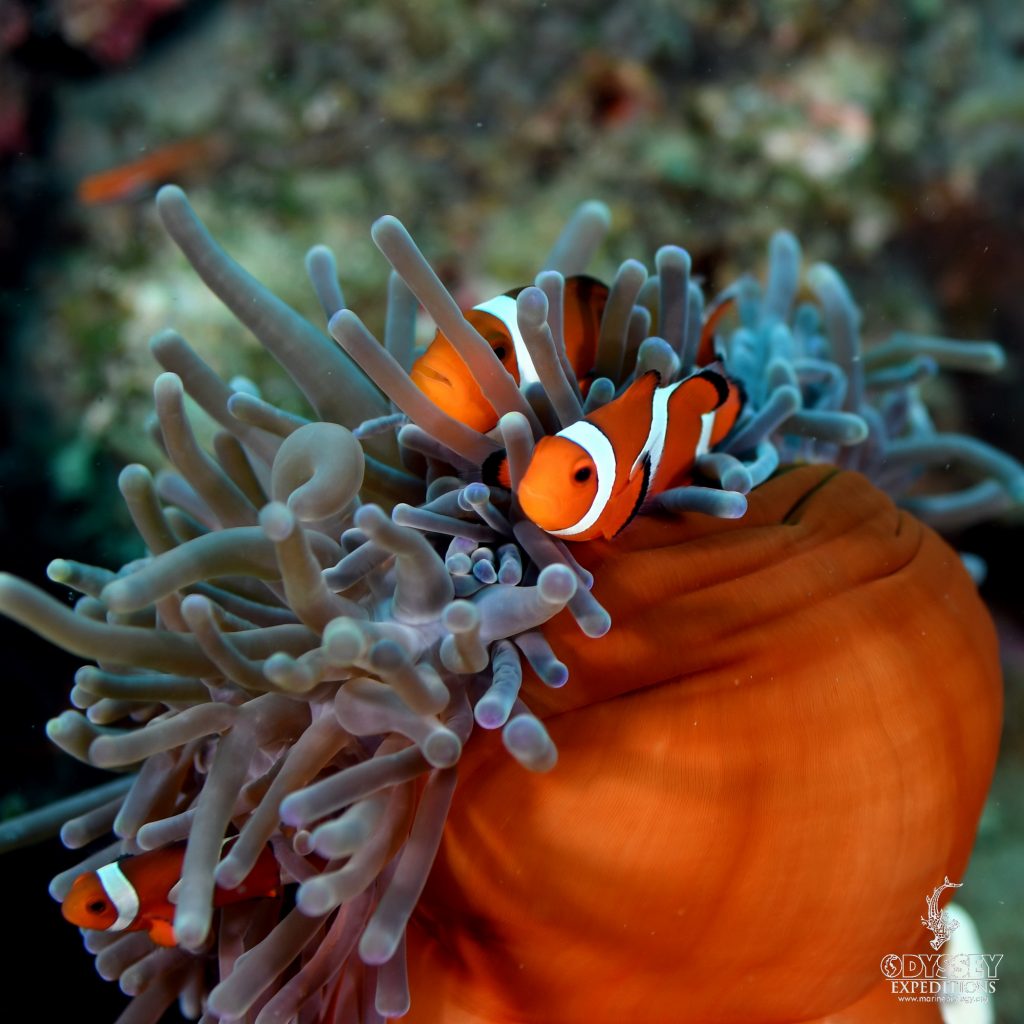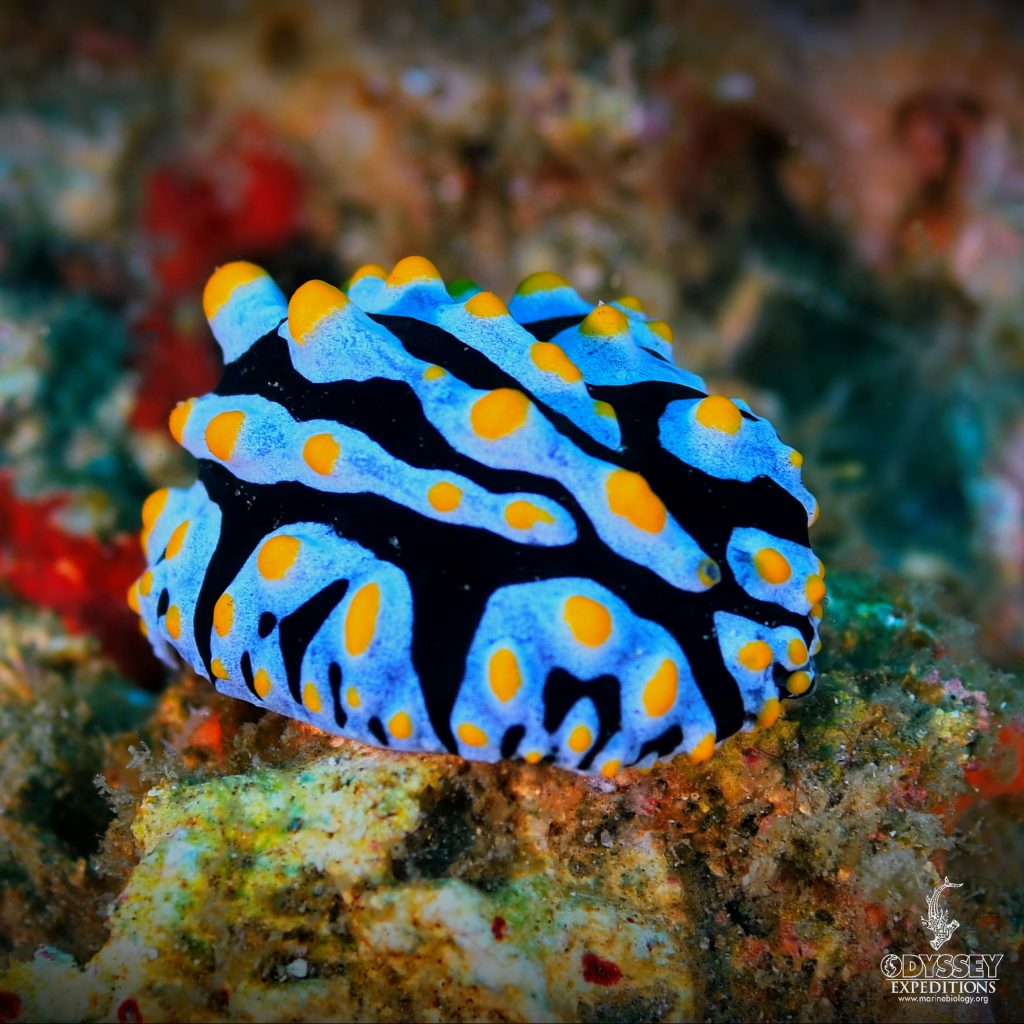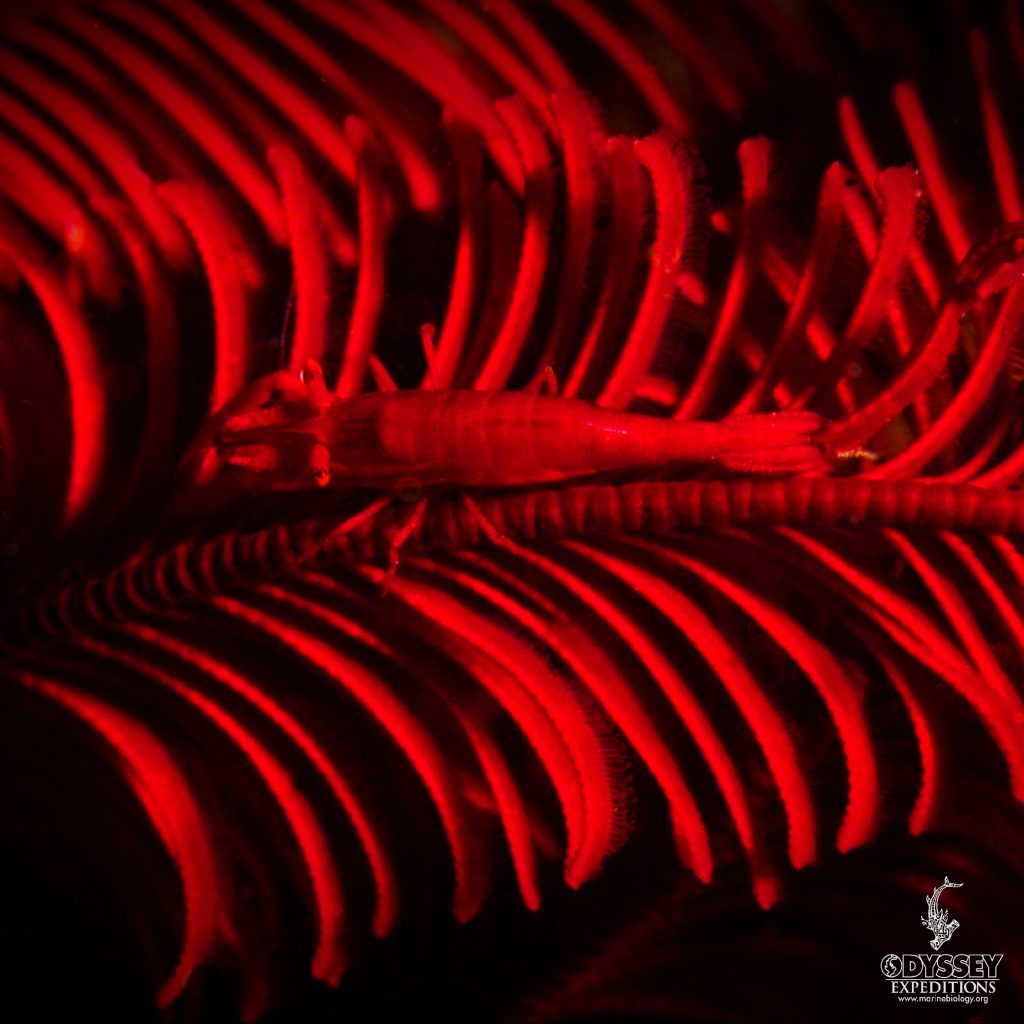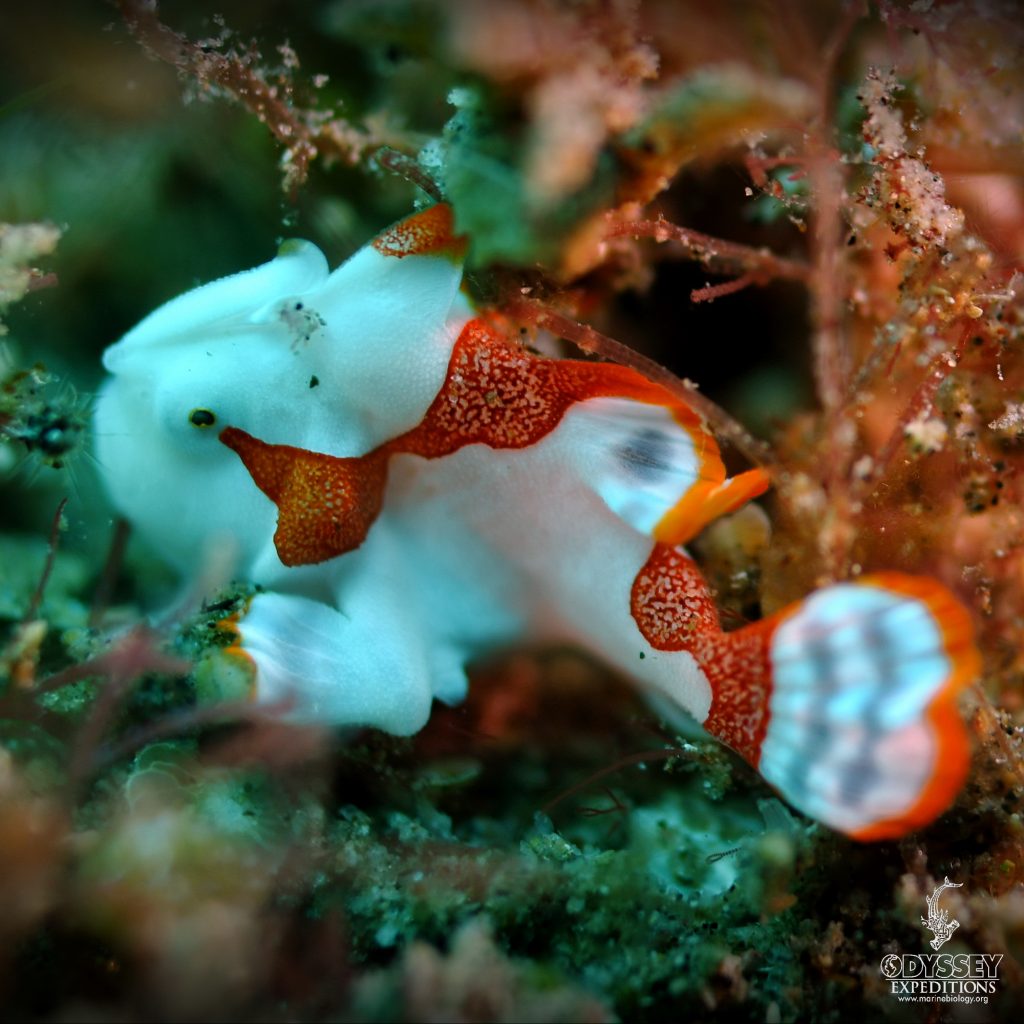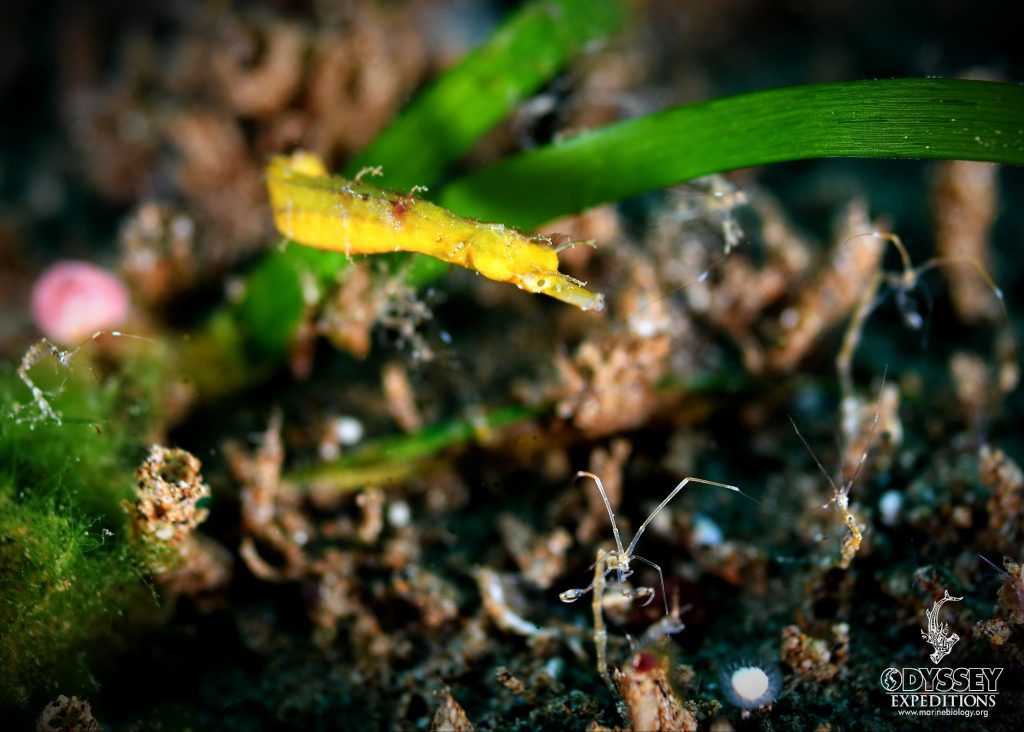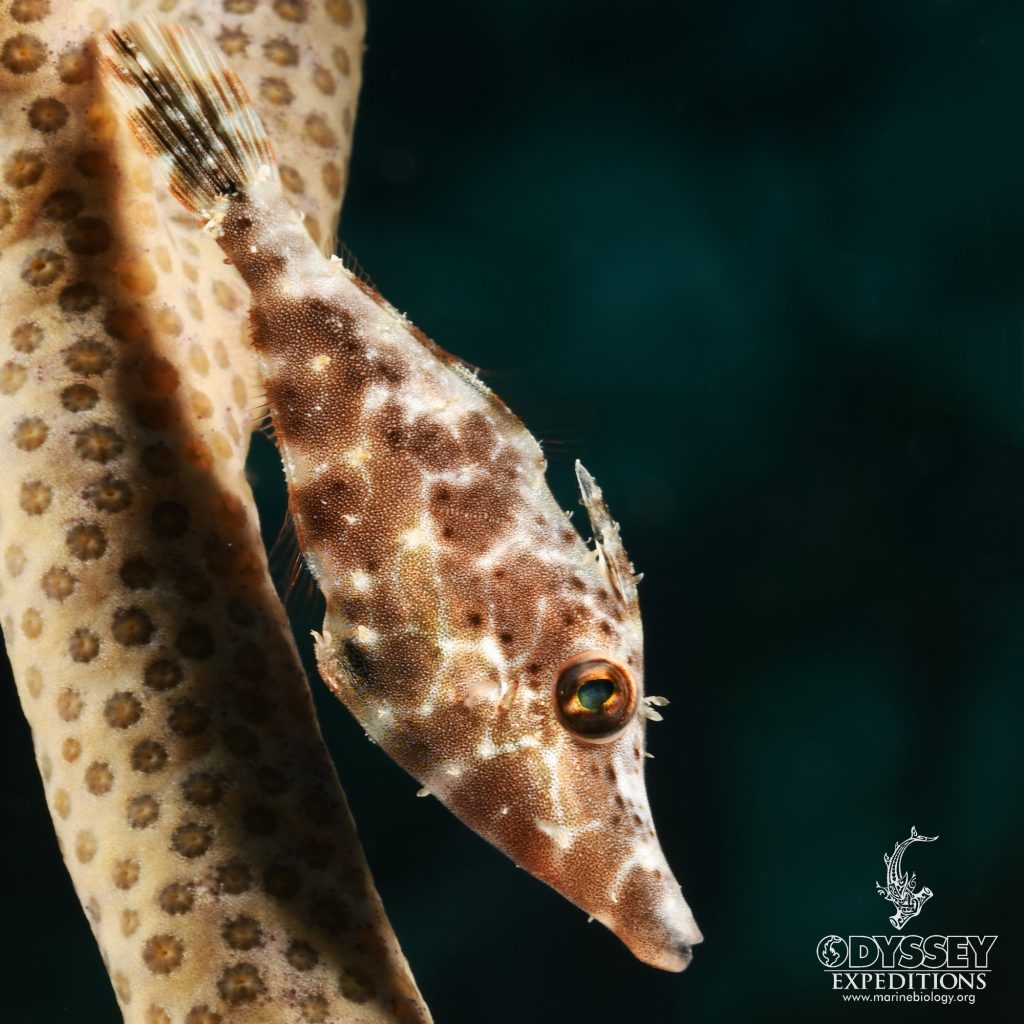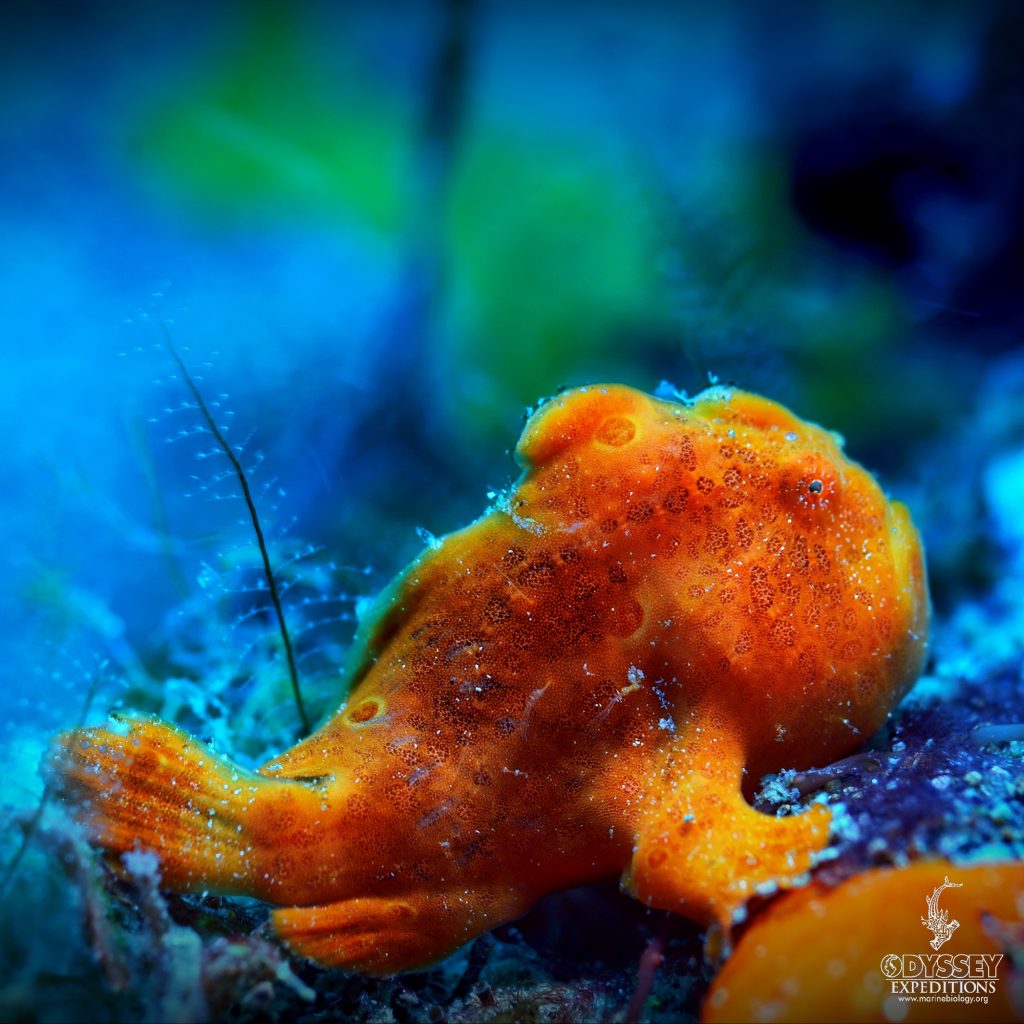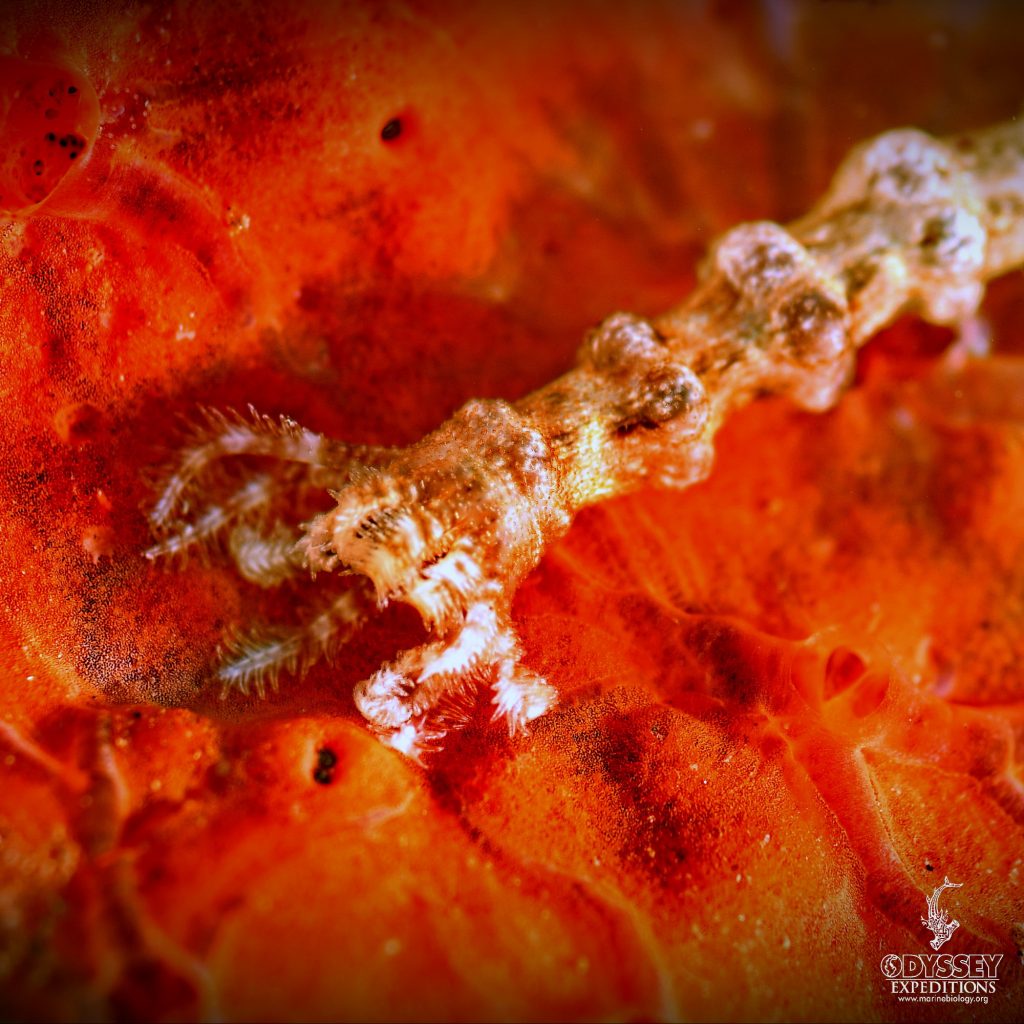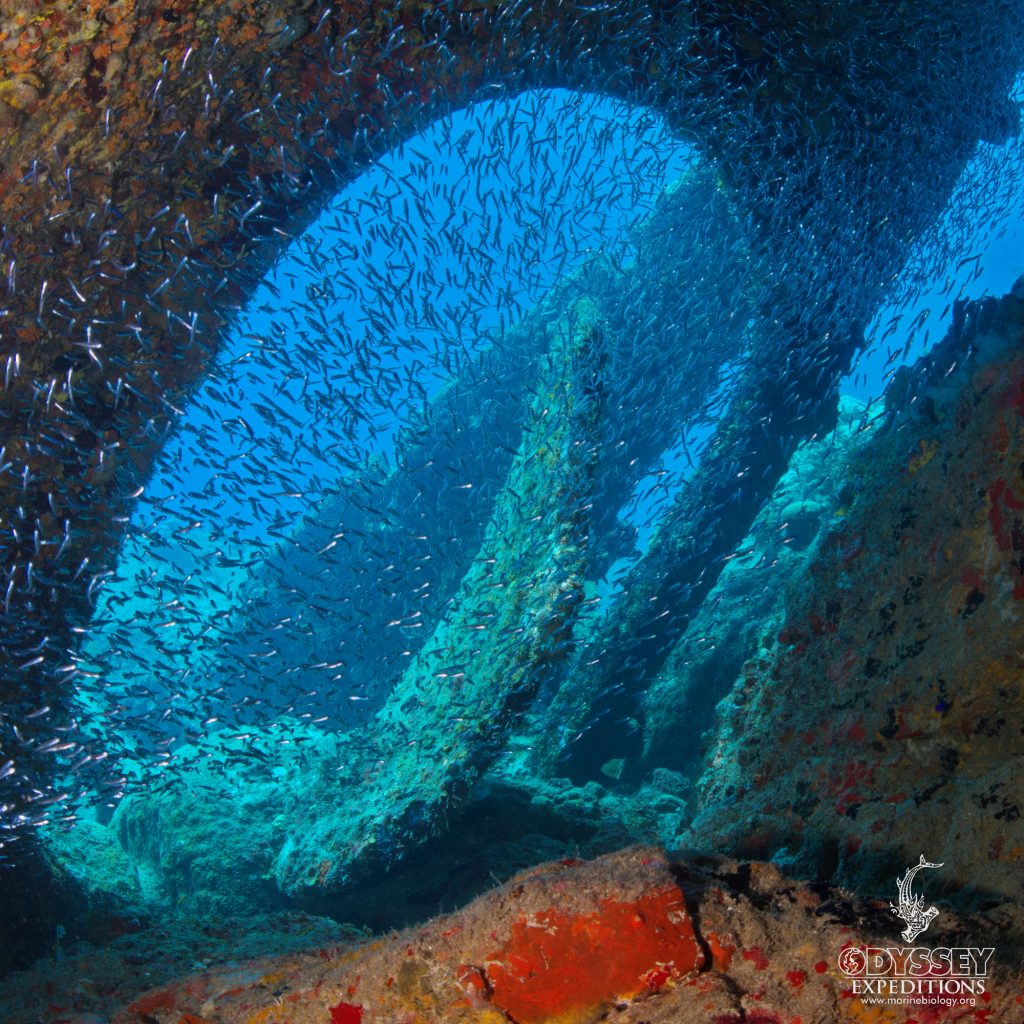
Royal Mail Ship Rhone wrecked off the coast of Salt Island in the British Virgin Islands on 29 October 1867 in a hurricane. The rusting hull of a shipwreck provides provides the perfect platform for the development of a living reef . Almost immediately a ship comes to rest on the seabed an ecosystem will start to establish itself. Fish are usually the first to arrive at a new wreck, but are quickly followed by scores of other creatures. This ecosystem will eventually become varied and prolific, with an astounding number of different species often inhabiting a very small area. Many species need a foothold or place to hide in the fish-eat-fish world beneath the sea, and ships by their very nature contain a myriad of nooks and crannies that provide perfect homes for many of these critters. The wreck acts as a reef that will provide shelter for numerous species of fish and crustaceans, and the fact that they are usually raised from the sea bed makes ideal habitats for sea anemones, coral and fan worms, which feed by filtering the sea water as it flows by.
The stern section of the dive doesn’t offer too much in the way of penetration possibilities but probably has the most beautiful swim through of all wreck. Here is the stern of the ship with its propeller and rudder. The swim through also provides a protected area for the Hardhead silverside sardines – Atherinomorus stipes and Glassy sweeper – Pempheris schomburgkii to gather in great numbers.
